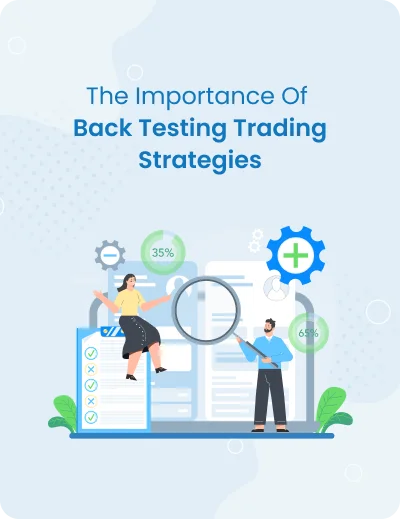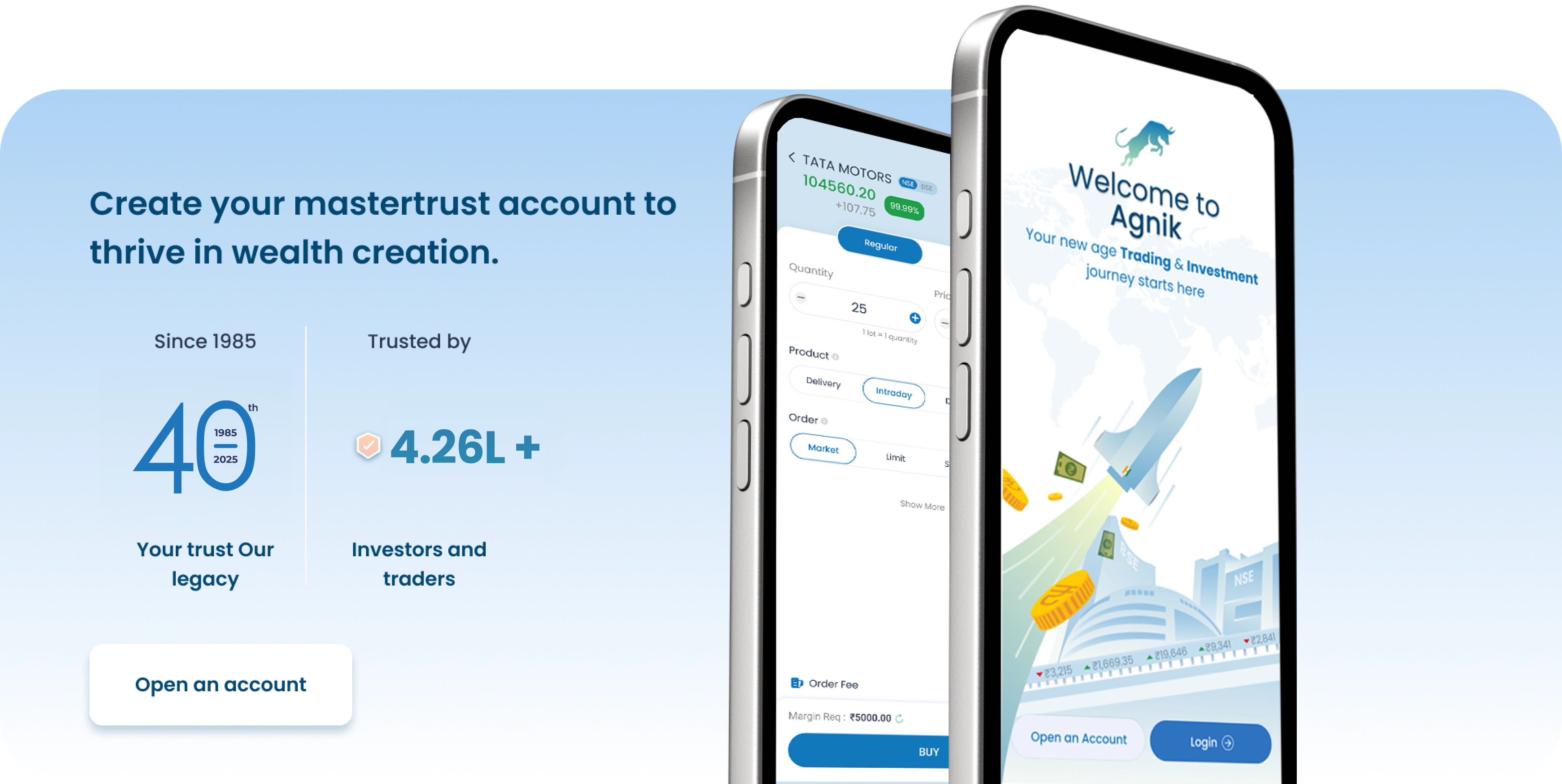What is Open Interest?
Open interest (OI) basically refers to the total number of open or ongoing contracts owned by a market participants at any particular moment. Open interest is an important tool that helps in understanding investments more deeply. Research about open interest helps in identifying stock market patterns.
Open interest analysis assists a trader in understanding the market environment by displaying the number of futures contracts that have changed hands during market hours. Futures and options contract traders mostly employ open interest analysis. The open interest data fluctuates on a daily basis depending on the number of ongoing contracts.
When OI has increased, it indicates that the market is witnessing more infusion of money. On the contrary, if the OI is down, it means that the current price trend is nearing its end. Thus, it is fair to say that the OI is an indicator of changing trends in prices.
There are various tools and techniques that can be used by traders to analyse open interest data. Some of these include volume and price action.
To understand OI in detail, let us understand the meaning of volume and price action.
What is Volume?
One of the most important point to note is that open interest and volume are not the same thing. The number of contracts traded in a day is referred to as volume. Volume reflects the number of contracts that take place between seller and buyer, regardless of whether a new contract was made or an old contract was transferred.
The primary distinction between open interest and volume is that open interest reflects the number of contracts that are open and active, whereas volume tells how many were executed.
What is Price Action?
Price action refers to how the price of a security moves on a graph that is plotted over a period of time. It means the upward or downward price trend of a certain security.
Most traders examine the market using volume in conjunction with OI and pricing. The common rule of thumb is that when the price rises and the volume and open interest increase, the market is strong. Contrarily, even if the price is growing, and if the other two metrics are falling, the market is weak.
Let us understand how open interest is calculated
Let us assume that a Trader A buys 1 futures contract from trader B- the seller. In this case, open interest of that scrip rises by 1.
Now, if another Trader C buys 2 futures contracts of the same scrip from trader D, then the open interest rises by 2 and becomes 3.
Next, if Trader A unwinds (covers) his/her position and the counter party is either B or D, then the open interest of the scrip will reduce by that quantity and if A unwinds his position, and the counter party is making a new entry (say E); in this case, the open interest will remain unchanged. This is because while A has squared off his position, E's position is still open.
This signifies that only hands are getting changed. Thus, no new contract is sold or written.
Techniques to Analyse Open Interest Data
- When the OI is rising and the price action is rising, it indicates that the market is receiving a capital inflow. This further indicates that there are buyers and hence the market is deemed bullish.
- When prices are rising and OI is falling, money may be leaving the market. This is a clear indication of a bear market.
- Even if the price drops sharply and OI is really high, the market outlook remains adverse. This is because people who bought at the top appear to be losing money presently. In such a case, there is a risk of panic selling.
- If prices are falling and OI is decreasing, it indicates that holders are under pressure to sell their positions. This is an indication of a negative market. It might also indicate that selling may rise.
To conclude
It is important to note that analysing OI is not a simple technique and it takes knowledge to determine the function of open interest build-up at various stages of any expiration. Various aspects like Open interest, price and volume information put together assist intraday traders in understanding the position of the market. This also gives an intraday trader an idea of whether the market is bullish or bearish.
To learn the technique, it is advised that traders and investors examine open interest in stocks on a regular and disciplined basis.
To learn more about open interest analysis, tools and techniques for open interest data analysis, connect with mastertrust. We help investors in investing based on their budget and investment objectives














